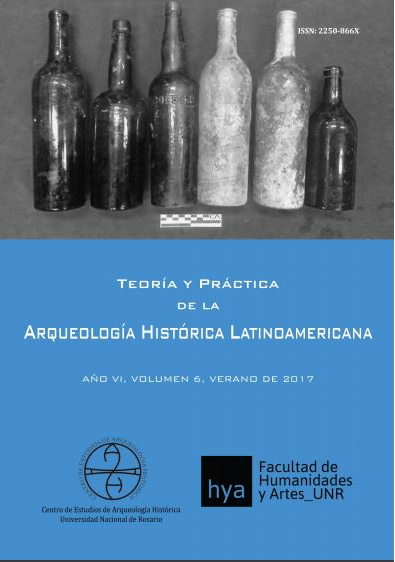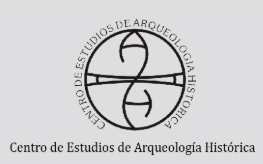El Fuerte Independencia revive tres siglos después en medio de un debate sobre sus túneles
DOI:
https://doi.org/10.35305/tpahl.vi6.57Keywords:
fort independence, tunnels, frontier, Nineteenth century and heritageAbstract
The appearance of vestiges of underground constructions and old quarries of sand in the historic center of the city of Tandil, corresponding to the late nineteenth and early twentieth century’s, has generated a number of urban myths. These are related to the founding of Independence Fort (FI) of 1823 and with the advance of the eurocriollos on the South border in the nineteenth century (1850-1880), moments in which the city begins to develop. Many of these associations were carried out by local historians based on evidence of subterranean structures discovered by various operators or residents, in the construction of new building foundations, building repairs or soil subsidence. In many cases for fear of delaying works or the possibility of expropriation of plots the sites were destroyed and buried without allowing rigorous and systematic archaeological studies. The resurgence of this information in the press reopens explanatory hypothesis on the tunnels of the FI, one of the heritages of the city. The project focuses on give out the archaeological evidence and to answer several questions through a multidisciplinary work, where archeology, history, ethnohistory, anthropology and geology are united.







